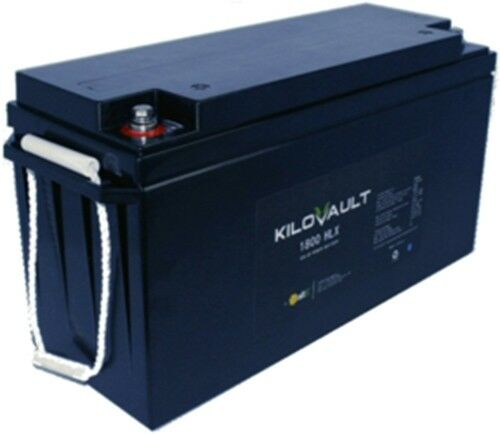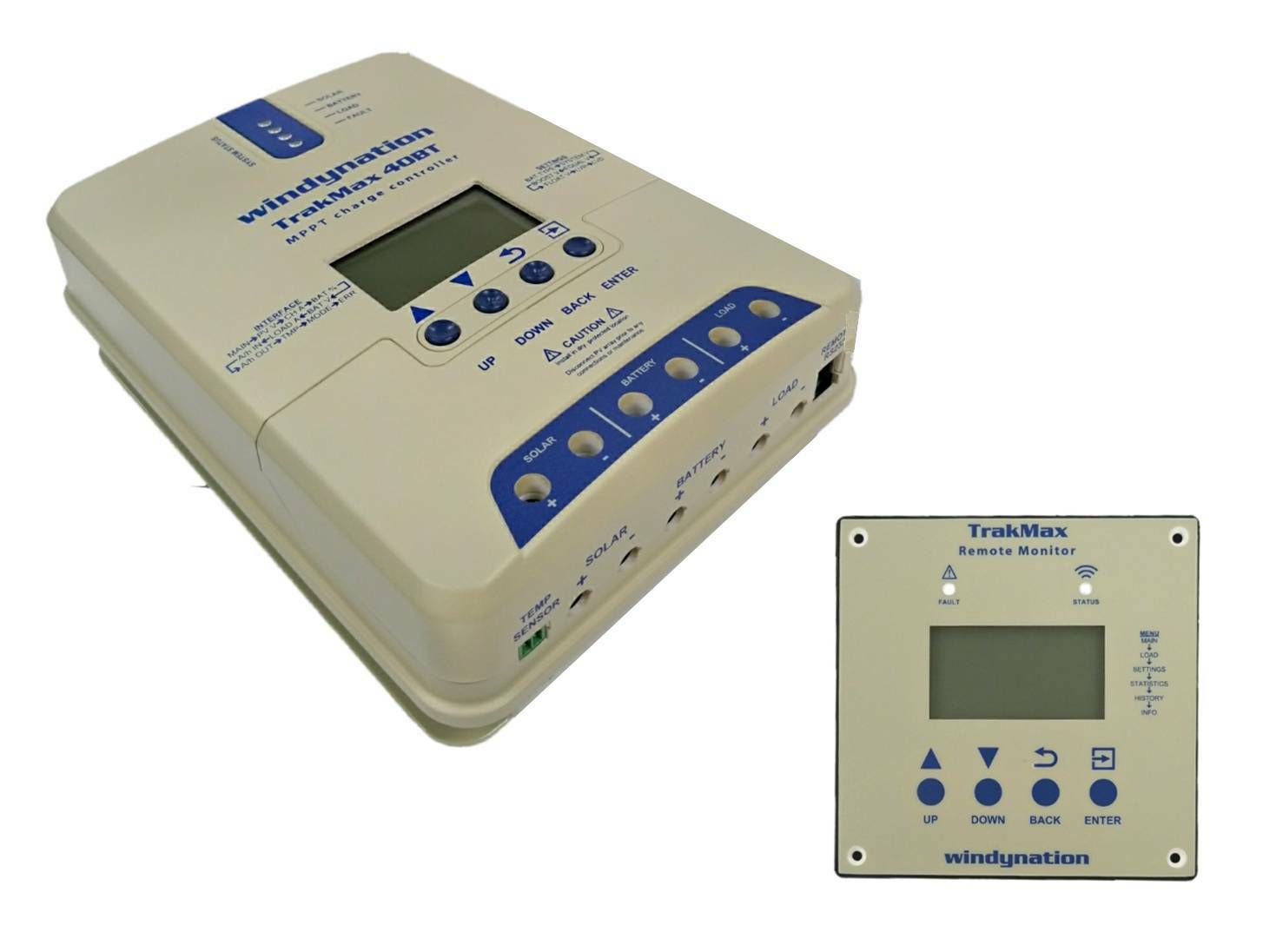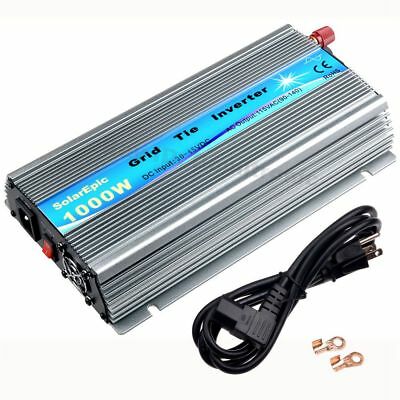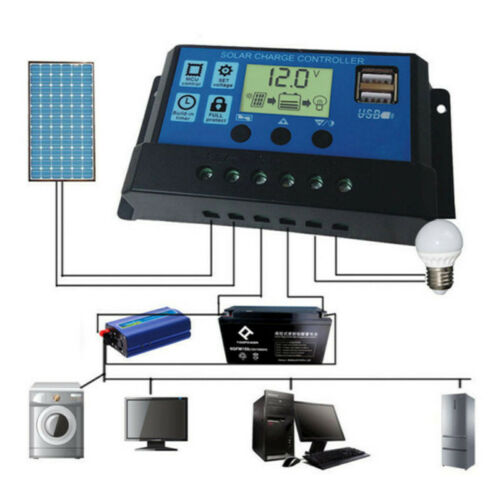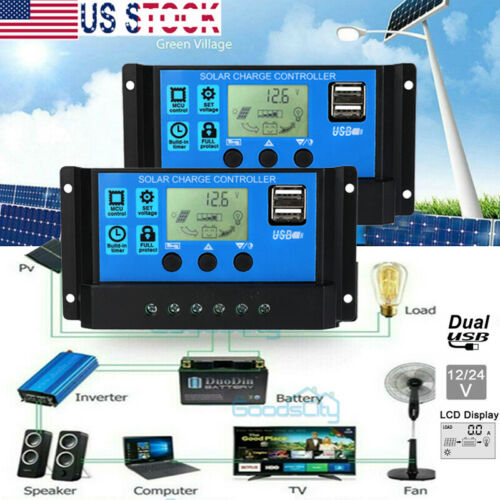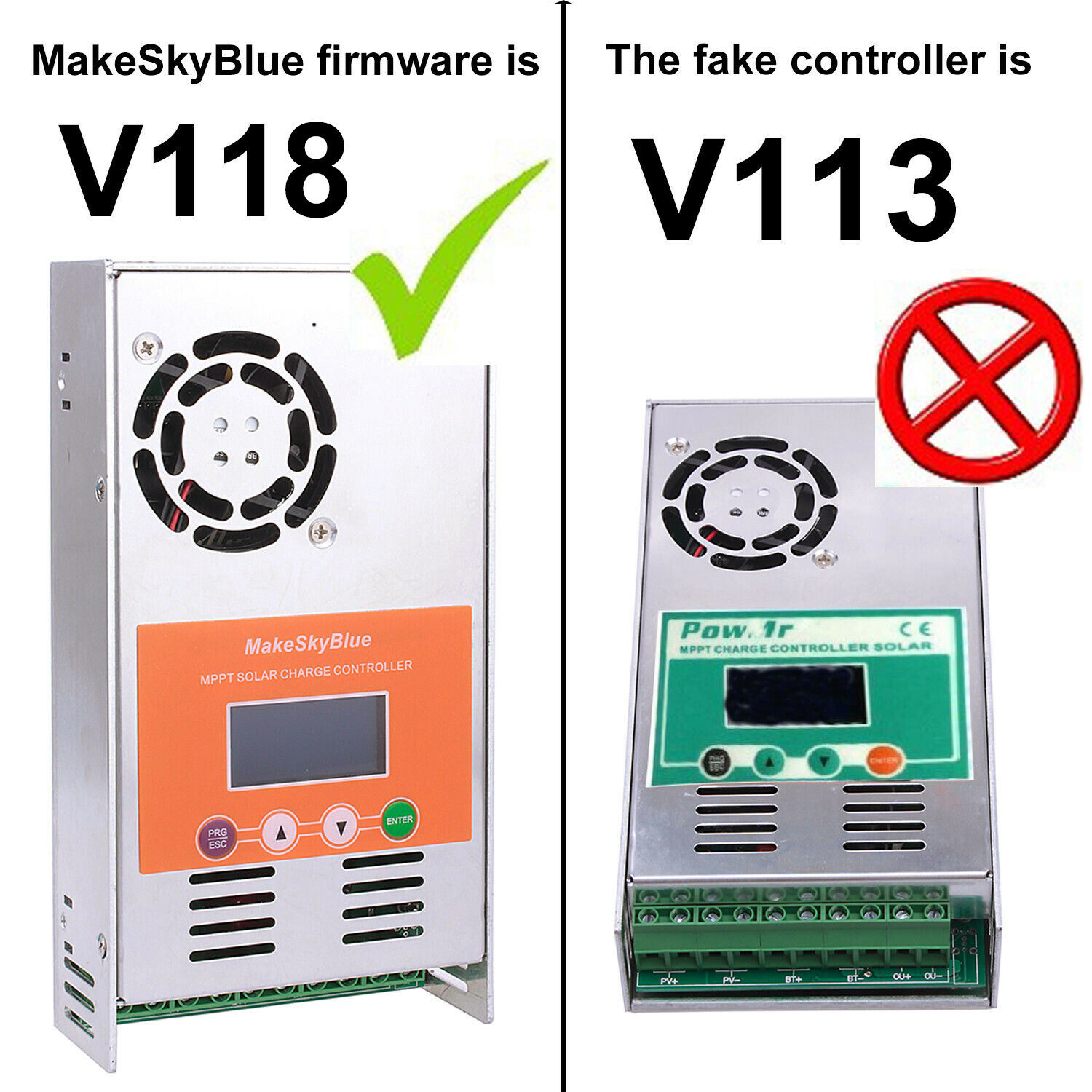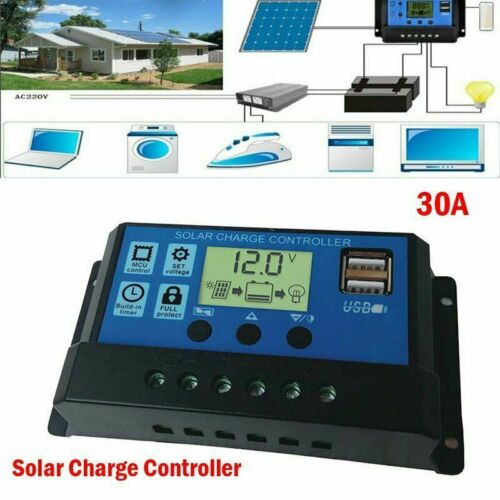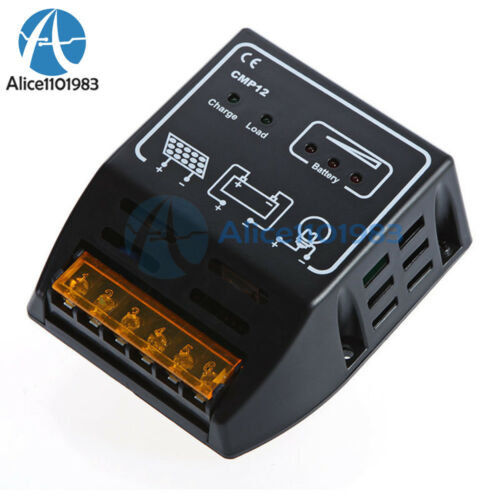-40%
KiloVault, Lithium Batteries, 1800 Watts, 12 Vdc, V3, 1800 HLX-V3
$ 624.31
- Description
- Size Guide
Description
Free shipping is for the contiguous United States onlyDeep Cycle Solar Batteries
NEW!
The KiloVault™ HLX series of solar lithium batteries was specifically designed and tested for the beating that serious hybrid and off-grid inverters and solar charge controllers can throw at it. Compared to traditional deep cycle batteries, the HLX Series’ lithium battery technology will more efficiently store and deliver the renewable energy you have generated, with no maintenance on your part.
FEATURES:
Flexible - Works in 12, 24 or 48V configurations
Gives You More - You can use the full battery's capacity, discharging it 100%
Long-life - Even after discharging it completely 2000 times, 80% of the capacity remains.
Maintenance Free - No watering required, or cleaning of hazardous chemicals
High Efficiency - Giving you up to 12% more use-able stored energy
Smart Investment - Lower cost per watt-hour/cycle and longer lifespan than lead batteries
Safer - No thermal run-away issues as with other lithium technologies
Heavy Duty - Takes up to 150A of continuous charging/discharging current, meeting the tough demands of serious inverters and chargers
3 Year Warranty
SPECIFICATIONS:
Specifications:
1800 HLX
3600 HLX
Rated Energy Capacity (Watt Hours)
1800 Wh
3600 Wh
DC Voltage Nominal
12.8V
Nominal Amp-Hour Capacity
150 Ah
300 Ah
Optimal Charger/Inverter Settings
Bulk/Absorption: 14.1V recommended (14.0 - 14.2V )
Float: 13.8V recommended (13.4 - 14.0V )
Low Voltage Cut-Off: 12.0V
Equalization: Disable. Do not use.
(Battery will shut down into protection mode)
Maximum Cut-Off Voltage
14.6 ±0.2V
Minimum Cut-Off Voltage
11.5V
Continuous Discharge Current
150A
Max Charge Current*
150A
(110A after 3000 Cycles)
150A
Max Discharge Current
150A (Continuous)
200A (30 Mins)
150A (Continuous)
Peak Discharge Current (<3 secs)
500A
Standard Charge Current
100A
Discharge Cut-Off Voltage
11.5V
Operating Temperature**
Charging: 32 - 113°F (0 - 45°C)
Discharging: -4 - 140°F (-20 – 60°C)
Optimal Temperature
59 – 95°F (15 – 35°C)
Low Temperature Protection
Charge protection at 0°, release at 4°C
Discharge protection at -20°C, release at -10°C
Cycle Life
5000 (80% DoD); 2000 (100% DoD)
Battery Management System
Monitors and optimizes charge & discharge for each cell, provides overcharge, over discharge, temperature and short circuit protection
Monitoring
Wireless on-site detailed battery status monitoring (optional)
Self-Discharge Rate
≤2% per month
Maximum Configuration
4 parallel strings of 4 series batteries (16)
Max Time Between Charges
6 months
Dimensions
(L X W X H)
19.1in x 6.7in x 9.4in
20.5in x 10.6in x 8.7in
Weight
41.7 lbs (45 lbs shipping)
84.4 lbs (103 lbs shipping)
*NOTE
: Charging rates below the battery's maximum capacity will extend battery life. A charge rate of 100A is recommended, though up to 150A is allowed. After 3000 cycles at 100% depth-of-discharge the battery's capacity will be approximately 75% of when it was new.
**NOTE:
altE strongly recommends staying within a temperature range 32 - 113°F (0 - 45°C) for both charging and discharging to prevent damage and extend battery life.
ALTE TIPS AND FAQ - KILOVAULT BATTERY:
Is it good to insulate the KiloVault battery ?
It's the same with any type of battery. Because batteries heat up when they charge, if you insulate the box they are in, it will retain the heat better and the batteries will stay warmer. But make sure to remove the insulation in the hot months, as overheated batteries will have a shorter life.
What is the best operating and storage temperature for the KiloVault?
The optimal temperature range overall is 59 – 95°F (15 – 35°C). Full operating temperatures must be greater than 32°F (O°C) and less than 133°F (45°C). Charging the battery below 32°F (0°C) will potentially damage it.
What are the recommended charge controller/inverter settings?
We highly recommend setting the Bulk/Absorb voltage to 14.1V for a 12V system (28.2V for 24V system, 56.4V for 48V), float voltage of 13.8V (27.6V for 24V, 55.2V for 48V). Higher settings will reduce the lift of the batteries. For the inverter low voltage cut-off we strongly recommend 12.0V (24.0V, for 24V systems, 48.0V for 48V systems). Limit the duration of the absorb voltage period to 2 minutes if the charger is more than 100A, otherwise set to 5 minutes.
Are there any considerations when wiring the batteries in parallel?
Yes - the maximum configuration is 4 parallel strings of 4 series batteries (16). In addition, when adding another parallel row of batteries to an existing one, it is important to maintain all parallel series strings within 0.2V of each other. Before adding a new row of batteries to an existing one, charge all batteries to 100% first.
Can I mix and match models or brands?
No - this is not good practice with any battery bank.
Should I do an equalization charge on the batteries?
No- much like AGM batteries, an equalization charge could damage them by overcharging them.
Are the batteries shipped fully charged, or do I need to charge them?
No - shipping guidelines do not allow deep cycle batteries to be fully charged during shipment. **Before you put the batteries into operation they must ALL be charged to exactly the same voltage (choose a voltage between 14.0-14.4,V but make sure they are *ALL* the same). This will ensure you start with an even charge across the battery bank.
Can I do a constant trickle charge on the batteries?
Storing the batteries with a constant small trickle charge is not recommended. Unlike lead-acid batteries, lithium iron phosphate batteries self-consumes energy at such a low rate (0.020 amps or about 6 Watt-hours/day), the battery can be easily over-charged if put on a trickle charger. Over-charging the battery triggers the over-charge protection - shutting it down until the voltage goes down enough by itself. Once that happens the trickle charger would quickly raise the voltage up too high once again. As a result, the constant cycling of this circuitry will shorten the life of the entire battery.
Is it bad to overcharge or over-discharge the battery?
Yes, this will decrease the life of the battery. It’s recommend to never discharge or charge the battery to the point where it has to shutdown to protect itself.
Everyone’s Solar Profile.
I recently sold my successful solar company that I created around 1992 in the state of Maine. My solar experience is in site surveys, design, installations, and maintenance of 500 plus clients, specializing in off grid homes, and owning my own off grid home.
Solar is part of my life and the bonus of meeting so many different client’s needs, remains my quest to see more people enjoy their home with solar.
I have taken advantage of my suppliers for the last 25 years to give you the best price I possibly can. If you don’t find what you need on my site, please tell me what you need, and I will do my best to get it for you.
If you are new to solar and need help, feel free to reach out to me. I will be more than happy to design a system for your needs.
I normally ship within two days of receiving payment, however if your item is not readily available I will inform you immediately and make the necessary required changes.
Sincerely
John Myatt
Contact me at two, zero, seven, - two-eight-zero, - zero, six, two, five.
